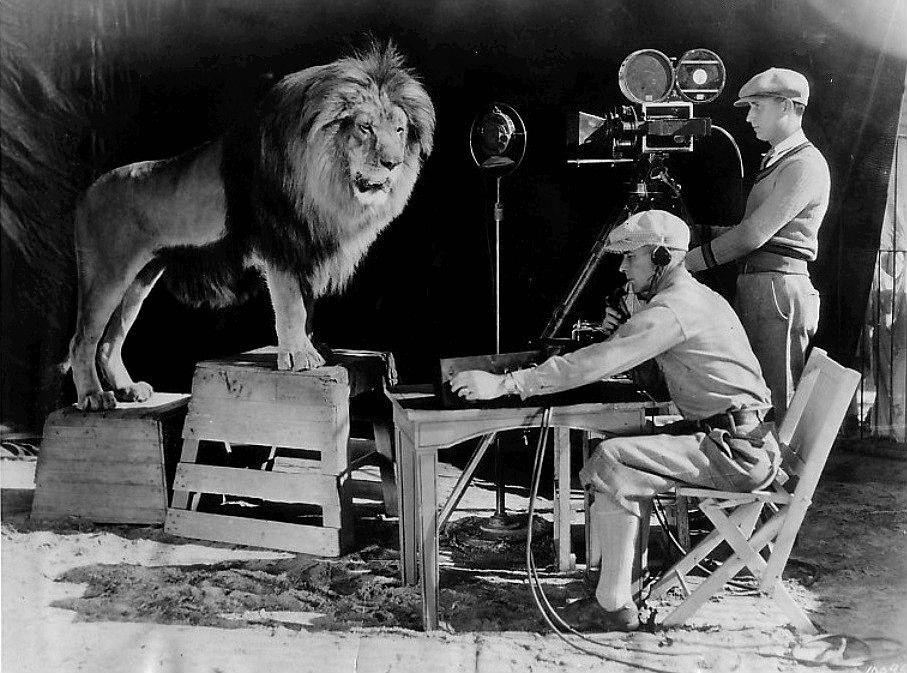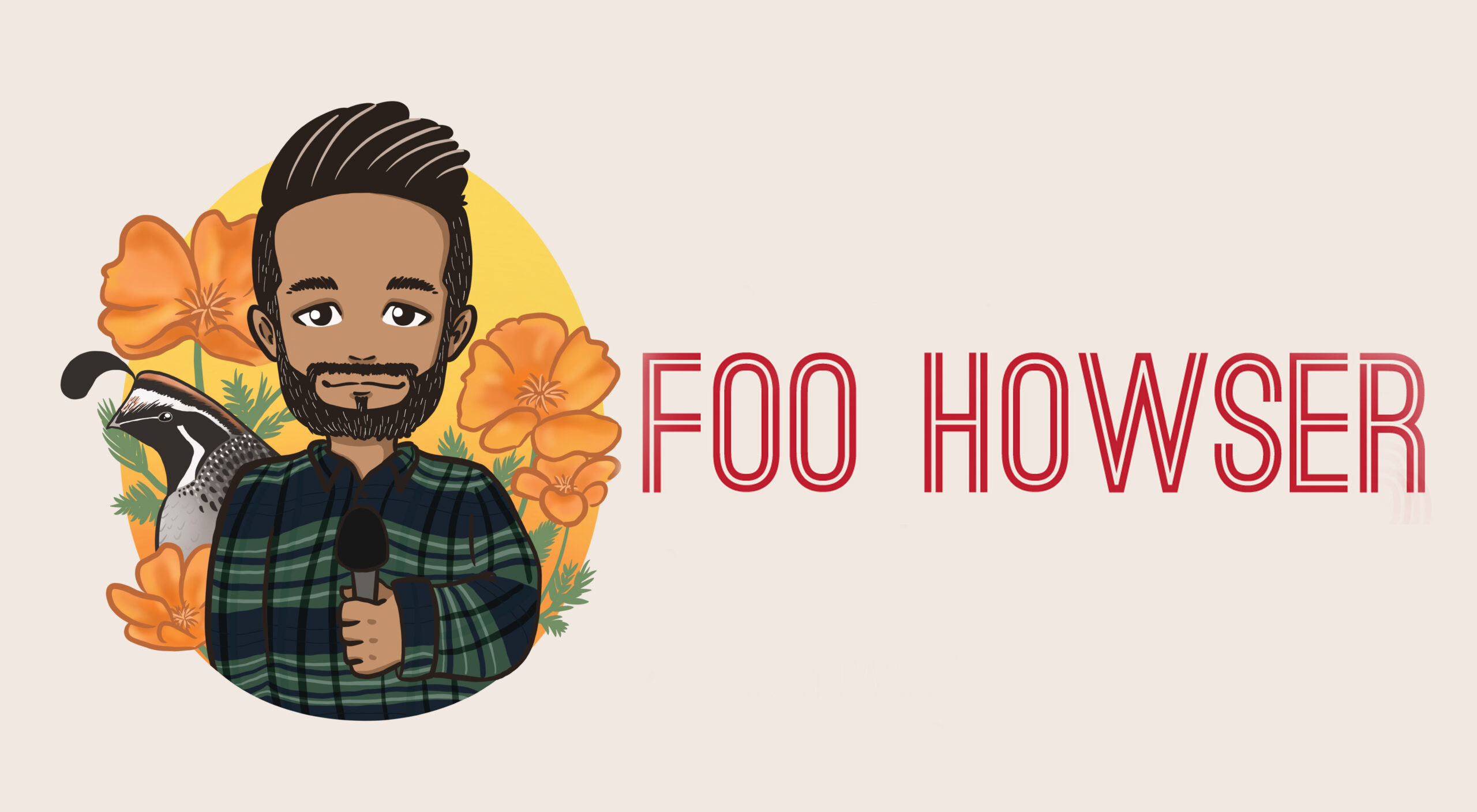Near the southeast corner of Peck Rd and Valley Blvd in El Monte, on the side of the the 10 freeway overpass sits a rather interesting memorial; a lion statue that quietly stands guard. So what’s the deal with the lion? It marks the site of Gay’s Lion Farm, one of the southland’s earliest tourist attractions.
In 1914, Charles and Muriel Gay, two European born former circus stars, moved to California along with Charles’ Circus and began raising lions in the Westlake/MacArthur Park area. They initially started with 3 adult lions, but within a few years, they had grown to 57 and, needing more space, they built a compound in El Monte and opened Gay’s Lion Farm on July 1st 1925.
Their new 5 acre farm was also a tourist attraction that was called “the Disneyland of the 1920s and 30s” and was actually one of several animal themed attractions in the Southland at the time, which included the Alligator Farm in Lincoln Heights, Cawston Ostrich Ranch in South Pasadena, and Monkey Island in Hollywood. However, apart from performing for the crowds of visitors, the Gay’s lions were also rented out to Hollywood studios for use in the growing motion picture industry. Among the most their most famous lions are “Numa” who appeared in many films including Charle Chaplins “The Circus” and “Slats” and “Jackie” who were the 1st and 2nd “Leo” the lion for MGM, with Jackie providing that first iconic roar.

Gay’s Lion Farm ingrained itself into the El Monte community. The High School adopted the Lions as their nickname and the Gay’s even providing a lion to serve as the mascot and appear at certain home football games. The farm also hosted many civic events, including the annual Lions Club banquet, where barbecued lion was served and sponsored floats in the Rose Parade.
Gay’s Lion farm enjoyed almost 2 decades of success, with their operation housing over 200 lions at its height, but the US’s entry into WWII brought the beginning of the end for the farm. Wartime rationing of meat and gasoline forced them to close the farm and loan their lions to public zoos, with the intention of reopening once the war ended. However, at war’s end, Charles’s failing health made it impossible to relaunch the farm, so in 1949 the Gays’ sold their property and retired to Balboa Island, where Charles passed away in 1950, followed by Muriel in 1966.
Although the farm was paved over in 1954 to make room for the 10 freeway and the roar of the lions has been replaced by the roar of traffic, it has left a lasting impression on El Monte’s identify. It’s evident in the High School, which has a bronze lion statue that once stood at the entrance to the farm, in the sillhoutee cut-outs that adorn the Metrolink Station, in Murals, and of course, in the Lion statute that quietly stands guard near the former site of the farm.
References:
The San Gabriel Valley: A 21st Century Portrait” by Enrique Diaz pg. 43-44
“El Monte’s Wild Past: A History of Gay’s Lion Farm” by Michael Weller, KCET. February 17, 2015.
“Gay’s Lion Farm: A Forgotten Tale of El Monte” by Forgotten Tales YouTube Channel. March 10, 2015.
“As El Monte Celebrates Centennial, Locals Recall Will History with Gay’s Lion Farm” by The San Gabriel Valley Tribune, The San Gabriel Valley Tribune. March 25, 2012.
“L.A. Scene / The City Then and Now” by Cecilia Rasmussen, The Los Angeles Times. April 6, 1992.
“The Story of Hollywood’s Most Famous Lion” by Kat Eschner, Smithsonian Magazine. April 17, 2017.

